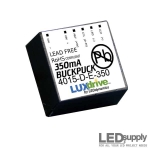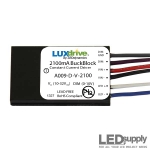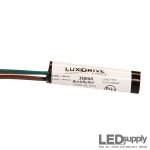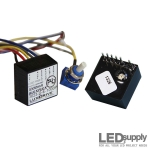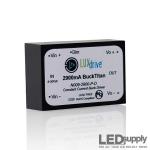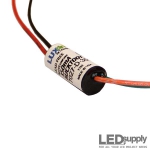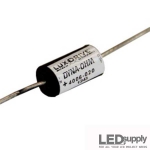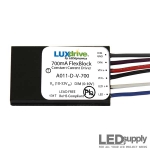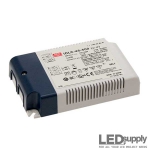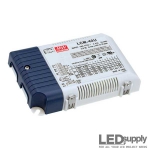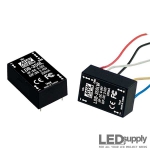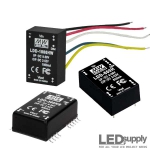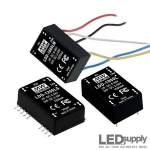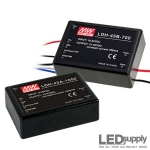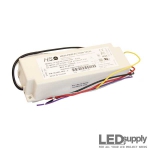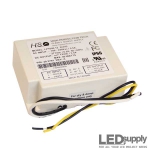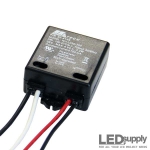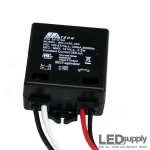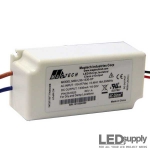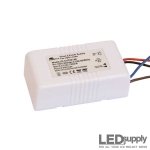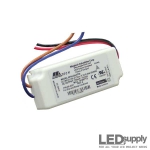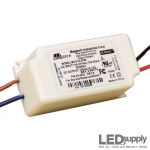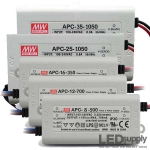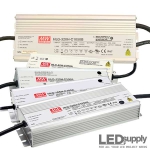Constant Current LED Drivers
BoostPuck DC Boost LED Driver
BuckBlock DC LED Driver
BuckBullet AC LED Driver
BuckPuck DC LED Drivers
BuckTitan DC High-Output LED Driver
BuckToot DC LED Driver
DynaOhm DC Resistor Power Module
FlexBlock Buck-Boost DC LED Driver
IDLC Series MEAN WELL 45W CC LED Driver with 2 in 1 dimming
LCM-U Series MEAN WELL 40~60W Multi-Output CC LED Drivers
LDB-L Series MEAN WELL Buck-Boost Mode CC DC-DC LED Drivers
LDD-H Series MEAN WELL Step-Down Mode CC DC-DC LED Drivers
LDD-L Series MEAN WELL Step-Down Mode CC DC-DC LED Drivers
LDH Series MEAN WELL Step-Up (Boost) Mode CC LED Drivers
MagTech - 1000mA Constant Current LED Driver with Dimming
MagTech - 1670mA Constant Current LED Driver
MagTech - 3-Watt 700mA Constant Current LED Driver
MagTech - 350mA Constant Current LED Driver
MagTech - 38-Watt 1330mA Constant Current LED Driver
MagTech - 9-Watt 700mA Constant Current LED Driver
MagTech AC Dimm - 18-Watt 700mA Constant Current LED Driver
MagTech AC Dimm - 9-Watt 700mA Constant Current LED Driver
MEAN WELL APC Series 8~35W Constant Current LED Drivers
MEAN WELL HLG-C Series Constant Current LED Driver
LED Driver Functionality Explained
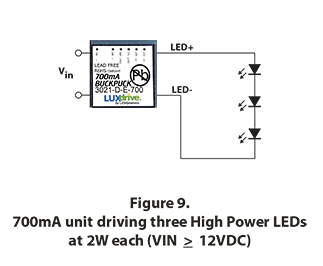 Using an LED driver is crucial in preventing damage to your LED(s). The forward voltage of LEDs changes with their temperature; as temperature increases, forward voltage decreases, causing the LED to draw more current. The diode will continue to get hotter and draw more current until it burns itself out, this process is called 'Thermal Runaway'. Using a constant current LED driver prevents thermal runaway by compensating for the changes in forward voltage while regulating and delivering a constant current to the LED(s).
Using an LED driver is crucial in preventing damage to your LED(s). The forward voltage of LEDs changes with their temperature; as temperature increases, forward voltage decreases, causing the LED to draw more current. The diode will continue to get hotter and draw more current until it burns itself out, this process is called 'Thermal Runaway'. Using a constant current LED driver prevents thermal runaway by compensating for the changes in forward voltage while regulating and delivering a constant current to the LED(s).
Voltage Input
Our selection of LED drivers can generally be broken into two different categories: either AC or DC Input. AC input or 'off-line' drivers take 110Vac – 277Vac, while DC input drivers most often accept between 3Vdc – 32Vdc. In most cases using a driver with low voltage DC input is recommended. Even if your input is high voltage AC power, lower voltage DC drivers are ideal as they are very efficient and reliable. They also have more options as far as dimming and output current go. Keep in mind that using a low voltage input driver with high voltage AC input does require an additional switching power supply.
Constant Current Output
All our LED drivers deliver a constant current output, but it is up to you to understand the LED specs and choose the correct level of current output for the respective LED. Common output currents for our drivers are: 350mA, 500mA, 700mA, 1000mA, 1400mA and 2100mA. On all our LED pages you will find minimum and maximum drive currents. This makes it easy to select a driver with a safe output for the LED you choose.
Dimming LED drivers
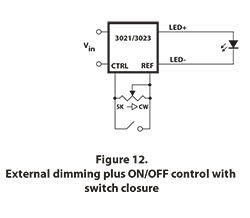
Both AC and DC input LED drivers can have dimming options with 0-10V being the most common. DC input drivers tend to provide more linear dimming, have less issues with flicker and provide a wider variety of options. However, we are seeing great results with the new ELV dimming AC input Magtech drivers. These drivers work with trailing edge ELV dimmers that do not require an external 10Vdc source.
Complete Guide to Understanding and Choosing an LED Driver
When choosing the right LED driver you first need to know what you are looking for. It is like finding the right tool for the job, you need to know what you are working with and what you need in a tool (driver). There are always many considerations and questions, like: How many LEDs can I run? And, What do I need for Power? To help make the LED driver selection process easier we published a comprehensive guide to: Understanding LED Drivers and How to Choose the Right One.





































 ,
Output
,
Output


